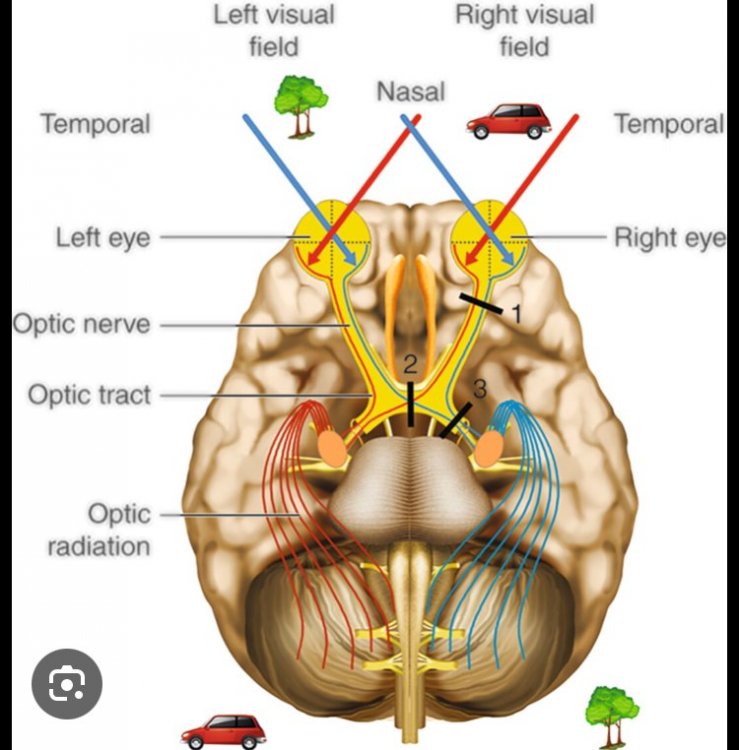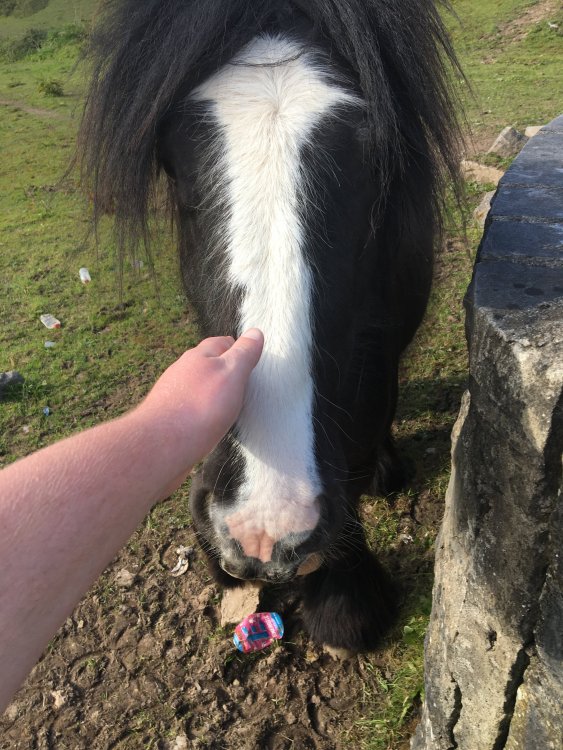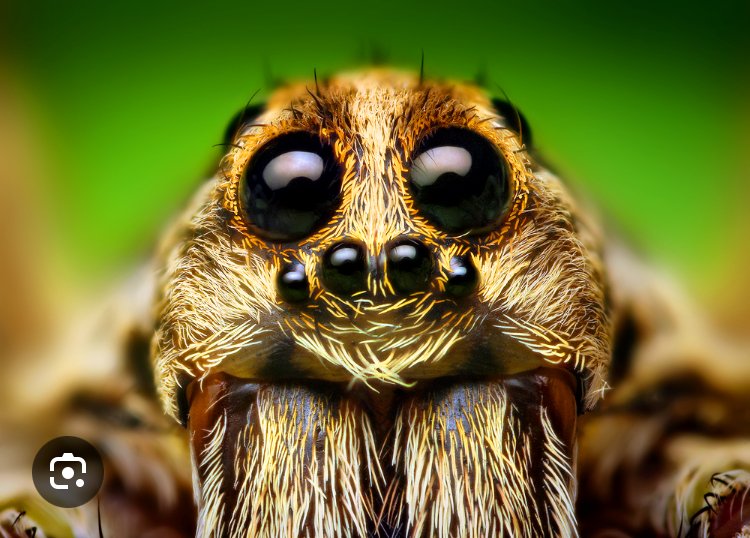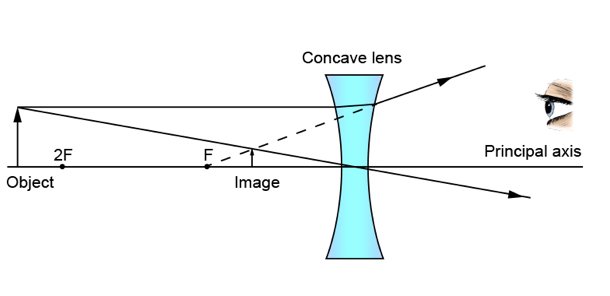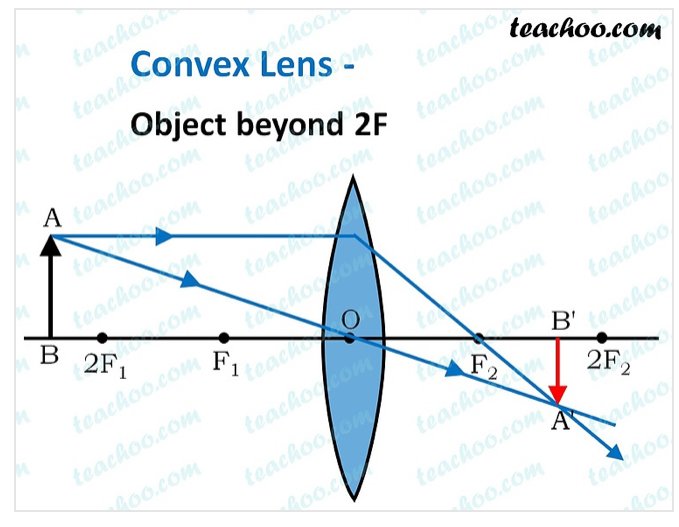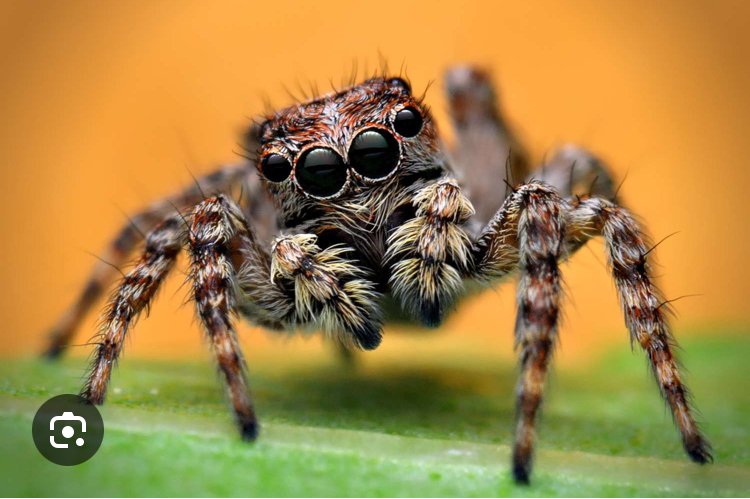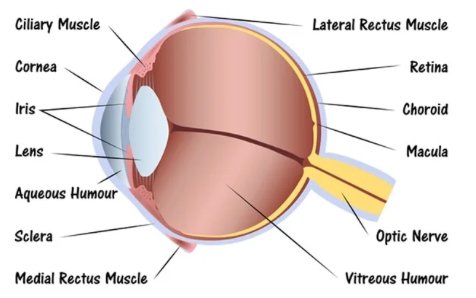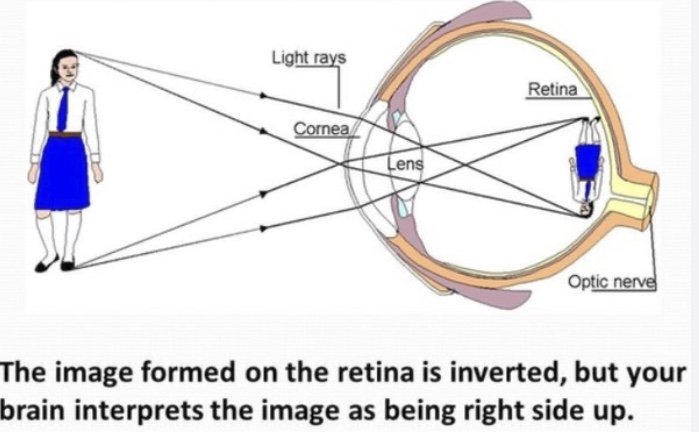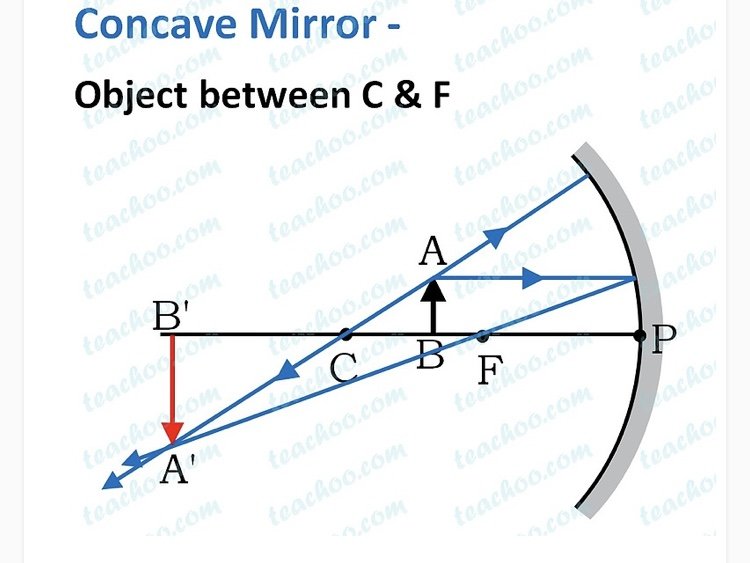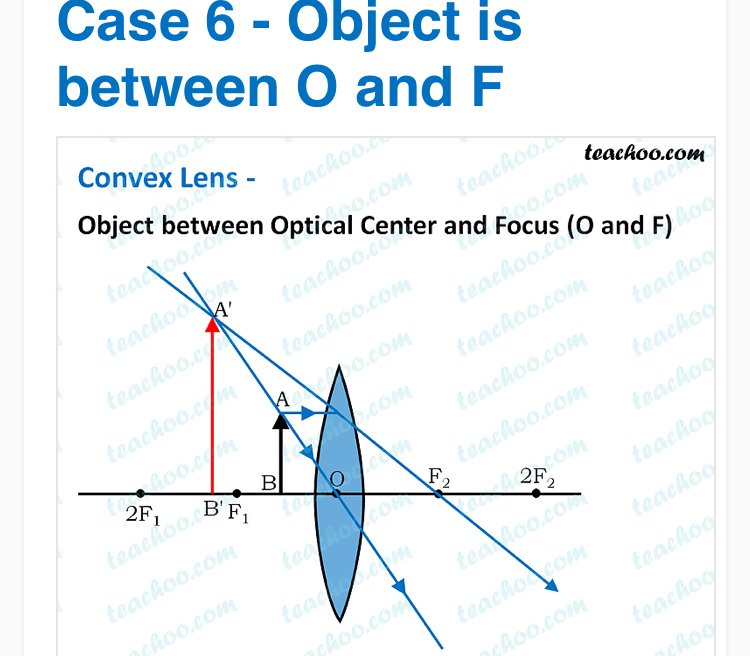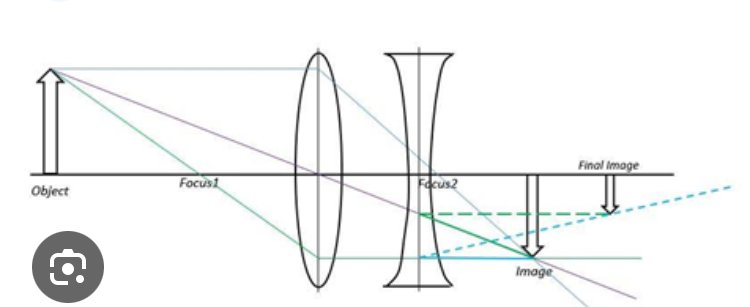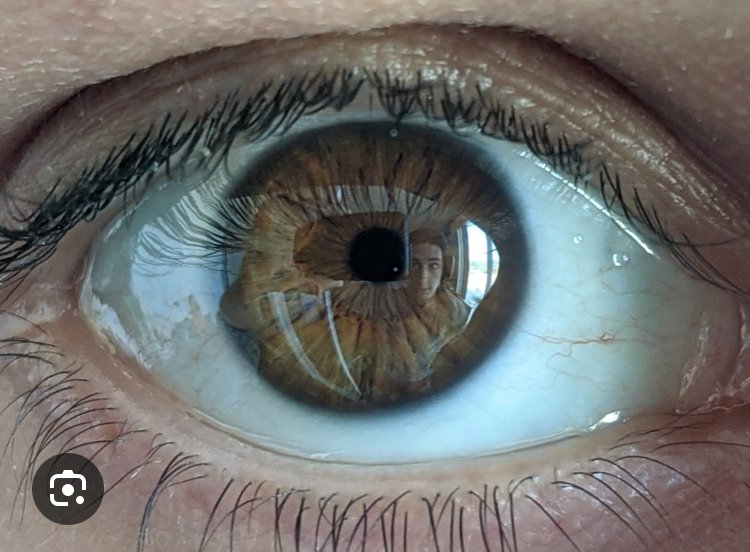

Michael McMahon
Senior Members-
Posts
232 -
Joined
-
Last visited
-
Days Won
3
Michael McMahon last won the day on August 17 2022
Michael McMahon had the most liked content!
Contact Methods
-
Website URL
https://www.radicalcentristmichael.com/
Recent Profile Visitors
Michael McMahon's Achievements

Atom (5/13)
1
Reputation
-

Restaurant food (split from Heat Regulation - Obesity)
Michael McMahon replied to Michael McMahon's topic in The Lounge
One reason I didn’t eat too many apples and oranges in the past is that I drank so much apple and orange juice that were so sweet that I became suspicious of the boring taste of solid apples and oranges. I thought perhaps apples and oranges were meant to taste sweet when I become middle aged. After all the small mandarins can be so sweet. Yet now I suspect the apple and orange might intentionally be bland in taste as if the solid substances were trying to counteract a sweet tooth of the juices inside. So you’d need a faith that the apple and orange were still secretly very sweet to have this viewpoint. -

Breathlessness Inquiry
Michael McMahon replied to Michael McMahon's topic in Psychiatry and Psychology
Well a cheetah has a smaller head than a lion and the cheetah can still breathe as efficiently as possible. A larger head in terms of breathing might be more about multitasking where you can still breathe mostly efficiently without having to focus as hard on it. So someone with a larger upper body can indirectly use their larger neck muscles to assist their breathing even if their larger neck muscles weigh them down a bit during running.- 8 replies
-
-1
-

Breathlessness Inquiry
Michael McMahon replied to Michael McMahon's topic in Psychiatry and Psychology
Many adults and teenagers with smaller heads can still be very intelligent and athletic. Yet when we admire a larger bodybuilder like Arnold Schwarzenegger we forget that he might be helped in maintaining more upper body strength simply by having a larger brain and head size. So even though many track athletes have a diverse head size it’s still possible when we think of lions that their larger muscles can be helped by having a larger head to breathe more efficiently.- 8 replies
-
-3
-

Breathlessness Inquiry
Michael McMahon replied to Michael McMahon's topic in Psychiatry and Psychology
The brain can be a big mystery where a lot of the brain is viewed as being for emotional processing. Yet we forget how strong the heart is when it never stops pumping where a lot of the brain might be interconnected with monitoring the heart. Could the brain be like the speed dial on a car? We don’t often think of the brain as being like an engine rather than just a computer so could anxiety help us breathe more passively? -
In 2016 I was in a psychiatric ward for a month and a half with anxiety. It felt as if I was breathless but somehow I wasn’t physically drowning. One possibility is the breathlessness was the opposite of a lucid dream where I wasn’t fully self-aware in the real world as if it were like a negative symptom of schizophrenia in terms of apathy. So one version of breathlessness is as a form of extended sleep paralysis where breathing is hard even as you walk around. I couldn’t understand how meticulous the pain response appeared to be in changing forms between chest pain, overheating and breathlessness yet the body controls our smooth transition into unconsciousness during sleep. For example during sleep our body keeps working to move blood through the valves with the calf muscle pump when we roll around. So a sensation of heavy legs with shin splints could mimic a sleepy calf muscle pump. “Sleep paralysis is a feeling of being conscious but unable to move. It occurs when a person passes between stages of wakefulness and sleep. During these transitions, you may be unable to move or speak for a few seconds up to a few minutes. Some people may also feel pressure or a sense of choking.” webmd “Calf muscle pump (CMP) promotes venous return from the lower extremity and contributes to preload and cardiac output.” pubmed To some extent the pain of breathlessness might have served as a reminder that the brain is also physical in helping to control breathing and heart rate as a way to counteract dissociation when we can’t touch our own brain. To some extent when we feel lightheaded our brain is like a dumbbell weight that we can detect by lying down. Perhaps the anxiety wasn’t drowning but the fear of drowning! Titanic 1997 - Rose rescues Jack (axe scene)
-

Eye Retina Intromission Alternatives
Michael McMahon replied to Michael McMahon's topic in Classical Physics
“Alternating current is an electric current that periodically reverses direction and changes its magnitude continuously with time, in contrast to direct current (DC), which flows only in one direction.” One way to view the neurons in the brain is as alternating current rather than direct current such that our mind would swing between both halves of the brain like a pendulum. For example some synapses in the brain are multi-polar with multiple dendrites. So the way we can close one eye and lose some of our conscious awareness of blackness on that eye while looking out the other eye might feel as if our mind’s eye mind was in one brain location with both eyes swapping like each eye were an alternating scope. The partial blackness on the winking eye can help your depth perception where if you rotate your head towards the winking side and look out the same corner then the blackness of phosphenes above your nose will stand out a centimetre forward. An irony of viewing out with only one eye is that you might think your locus of consciousness was behind the middle of that eye instead of behind your nose as if your visual cortex swapped to the same brain hemisphere as the open eye. With monocular creatures like horses it’s possible to think if the creature had no brain then shining light through one eye might go straight out the other eye as if light had been teleported between both eyes. That way parallax could be helped by tiny time differences between both eyes as if the brain could virtually wink between both eyes were we to look at an angle towards a light bulb. Our mind is somehow levitating between both sides of the visual cortex with the nerves from the left and right sides of each individual eye diverging in the optic tract towards the visual cortex. I was musing beside a horse a few days ago! If both of our human eyes acted like projectors towards the back of our skull then they might naturally superimpose into one image. -

Eye Retina Intromission Alternatives
Michael McMahon replied to Michael McMahon's topic in Classical Physics
Apologies for one last spider analogy but I think it bears directly on optics. One way to think of a tarantula’s eyes is as a mirror maze. One way a tarantula can inflict karma is that the creature has good short-sighted vision as if each peripheral eye served as reading glasses for the central eyes such that to objectify the creature can accidentally risk objectifying part of our own vision. One ironic reason the huntsman spider below felt creepier than the jumping spider in post 4 is that the jumping spider had larger peripheral eyes to deflect from their central vision whereas the huntsman spider has relatively smaller peripheral eyes as if to emphasise binocular vision like a human. On first impression the lower peripheral eyes on the huntsman spider were almost like an eyebrow frown to give an angry expression which is a creepy anthropomorphism. So if the retina of the eye in a huntsman spider served as a concave mirror to reflect the image back onto the rear-eye side of the convex lens only to magnify the image back onto the retina then each eye would recursively reflect the image to other eyes like a mirror maze or infinity mirror. So even if the tarantula had good short-length vision then that doesn’t mean the tarantula is conscious of all of their vision because the peripheral eyes would make their vision too difficult for the tarantula’s small brain to understand. I’m not necessarily trying to promote a fear of tarantulas but those who don’t fear them might not actually know why others fear them. My first instinct was to focus on the central two eyes and lower peripheral eyes but glancing at the top two eyes on the side of the head can help reduce anxiety as if the creature almost had eyes on the back of its head as a source of bewilderment for the spider. That way the way spider’s vision is made more unconscious like how the faster speed of quadrupedal wolves doesn’t make them more conscious than a human. -

Eye Retina Intromission Alternatives
Michael McMahon replied to Michael McMahon's topic in Classical Physics
I understand and will try to avoid snake and spider analogies. For my previous point in terms of optics I was merely alluding to how an 8-eyed tarantula with 6 more eyes or 3 more pairs of eyes than a snake doesn’t directly have an extra 3 times more consciousness than a snake. -

Eye Retina Intromission Alternatives
Michael McMahon replied to Michael McMahon's topic in Classical Physics
One reason many Australians and Brazilians might not be too afraid of large spiders and snakes might be that the head-size of tarantulas are comparable to a snake head even though a snake would have a much longer body. This might help to counteract the mysteriousness of their minimal psyche even though I’m not too sure if most arachnophobes also have a fear of snakes. I was slightly creeped out looking at online photos of tarantulas yesterday only to have a dream of carrying a snake box last night as if to neutralise the initial fear of tarantula images. -

Eye Retina Intromission Alternatives
Michael McMahon replied to Michael McMahon's topic in Classical Physics
Judging by the jumping spider one way to think of a tarantula being less creepy might be to try and focus on either the head or the eyes separately rather than simultaneously in order to avoid multitasking the reflection of the eyes with the slight neurological complexity of their brain. Viewing their retina as a concave lens might imply that the tarantula is mostly neurological whereas viewing their retina as a concave mirror might make the creature appear more transparent and photonic. The eyes are often hidden in smaller spiders such that it’s easier to view the creatures as neurological without the need to view their retina as a lens where the retina might be as small as a concave mirror. In other words if you’re afraid then you could dilute the creature as being deterministic and neurological or as being thoughtless and visual. The way the jumping spider’s eyes are black might imply that their vision is tinted darker or black. -

Eye Retina Intromission Alternatives
Michael McMahon replied to Michael McMahon's topic in Classical Physics
One way to view the retina as a periscopic concave lens is to view the image as a virtual image going backwards rather than forwards seeing as the concave retina is larger and might be more powerful than the pupil’s convex lens. https://mammothmemory.net/physics/lenses/concave-lenses/concave-lens--object-at-different-distances-from-the-lens.html Then the incoming inverted image from the pupil’s convex lens would deflect off the hypothetical concave lens of the retina in a way that remained inverted in the vitreous humour as shown in the image above. However the deflected image from the retina might be re-inverted upright as a double negative after exiting the pupil’s converging lens for the second time although this time landing outside the eye in front of the head. This might happen for distant objects in human vision depending on the accommodation of the lens and ciliary muscles. The way some tarantulas can be way creepier than others like the less creepy jumping spider below might relate to their mysterious eyes. The lenses on such tarantulas are so small that whatever the creature sees might be demagnified due to the tiny focal lengths where objects in their vision would be beyond the focal point. -
Were the retina at the back of our eye like a concave mirror then is it possible the image would be reflected back out the converging lens (under the iris)? So the inverted image above is already formed in front of the retina (B’) and might essentially be re-inverted upright(B): https://www.teachoo.com/10826/3118/Concave-Mirror---Ray-diagram/category/Concepts/ Then the image might be re-magnified on attempting to exit back out the converging lens under our pupil to potentially create a virtual image in the eye to simulate the reality we see: https://www.teachoo.com/10838/3118/Convex-Lens---Ray-diagram/category/Concepts/#google_vignette Cornea face reflection: That way any appearance of eye beams from the eye would be passively reflected rather than actively emitted. However I don’t know the exact focal lengths of a potential retinal mirror to fully work out any resultant image. An alternative theory might be to view the mind as being like a hidden periscope in the brain such that we’re desensitised to having an upside-down vision. Then the retina might function like a concave lens to minimise the image even further in order to reduce contrast with an upside-down version of the image: “A researcher wearing goggles that inverted everything stumbled about wildly at first, but soon enough he was able to ride a bicycle.” https://amp.theguardian.com/education/2012/nov/12/improbable-research-seeing-upside-down
-

Restaurant food (split from Heat Regulation - Obesity)
Michael McMahon replied to Michael McMahon's topic in The Lounge
I added lemon and lime slices to a fish pie only to find how harsh the lemon was. I likely ate too many slices in recent days. I figured that if people ever threatened evil or tried to glorify themselves then you could try not to vomit by eating lots of lemons in order to counteract other sweets and gain self-control! -

Restaurant food (split from Heat Regulation - Obesity)
Michael McMahon replied to Michael McMahon's topic in The Lounge
One reason sweets can be addictive is that healthy food is almost unlimited such that healthier people would still be outcompeted by even healthier people. I’ve never ate a whole raw lemon and lime until now where I had plenty of lemon and lime juices in the past. So many sugary sweets during childhood are almost mere preparation for how extreme it could be to eat lemon and lime slices. I ate the lemon yoghurt afterwards as a recovery warm-down! I put a handful of raw popcorn in my mouth on a drive to the beach and it took the full 30-minute length of the journey for the popcorn to melt in my mouth before it became chewable and ingested. Yet in spite of the blandness the raw popcorn was as great as chewing gum in distracting you from overeating other foods.- 124 replies
-
-1
-

Restaurant food (split from Heat Regulation - Obesity)
Michael McMahon replied to Michael McMahon's topic in The Lounge
Not only walking past sweets but also spending time observing sweets in a shop after you’ve already had a big meal is one way to deter you overeating sweets! “Point-of-purchase merchandising uses strategically placed products -- usually near the front of the store or by the cash register -- to spur consumer impulse buying.” smallbusiness chron com


